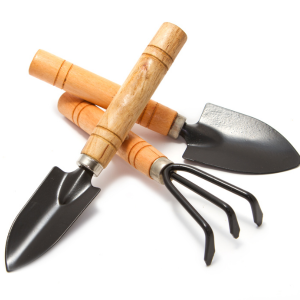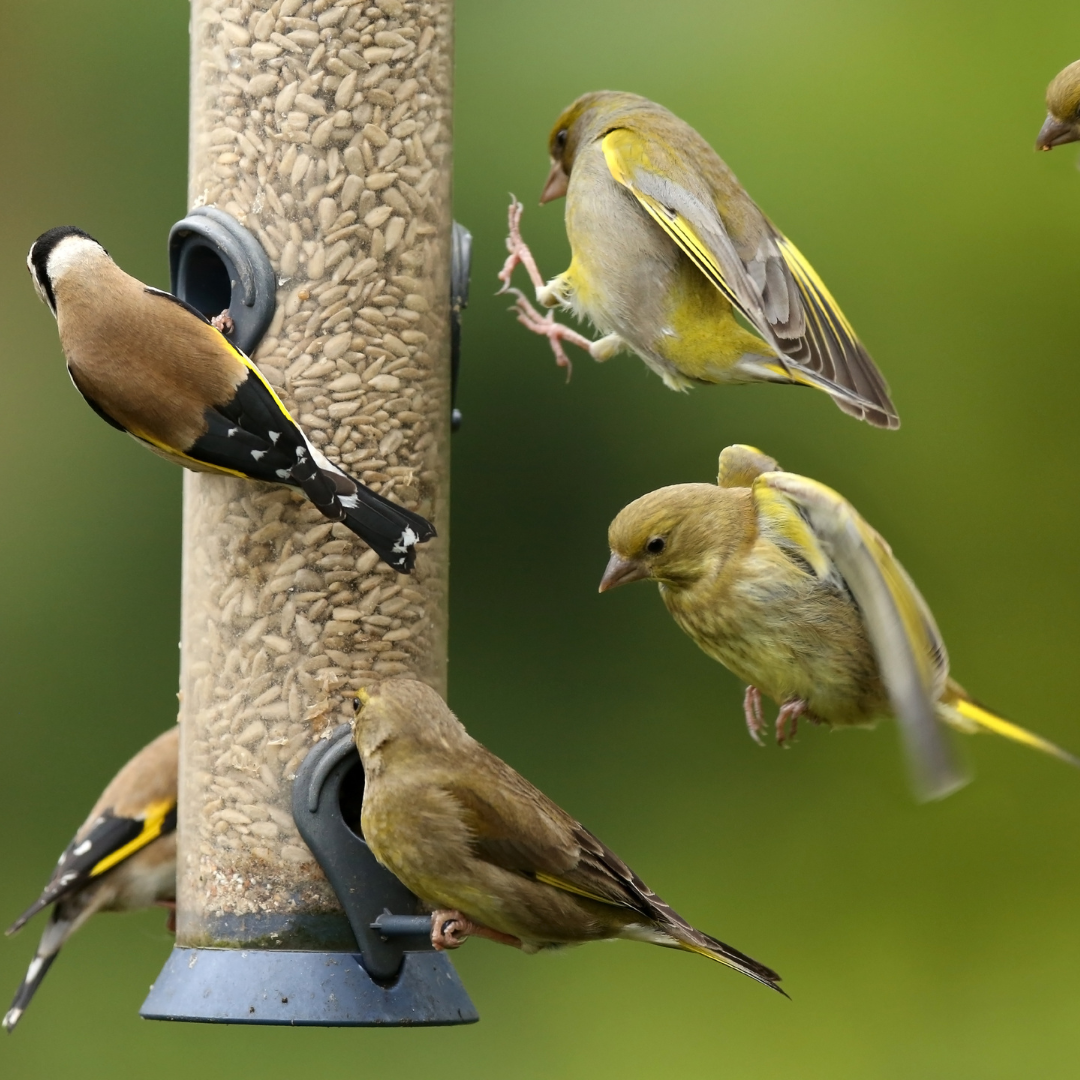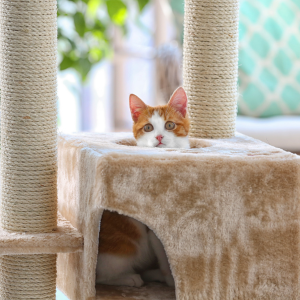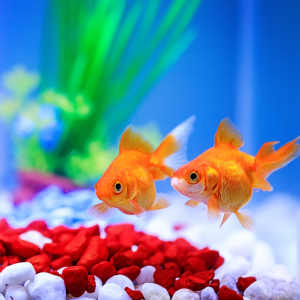Syngonium Care
Syngonium is an adaptable plant that starts out compact but can trail or climb as it matures.
Its foliage ranges from solid green to striking pinks and whites, adding beauty and interest to your indoor space.
This plant thrives with basic care and adjusts well to different home environments.

Light
Bright, indirect light is ideal. Can tolerate low light but may lose variegation. Avoid prolonged direct sun to prevent leaf burn.

Watering
Water when the top inch of soil feels dry. Keep soil evenly moist but not soggy. Reduce watering in winter.

Humidity
Prefers moderate to high humidity. Benefits from occasional misting or a humidifier.

Temperature
Ideal range: 60–85°F (16–29°C). Avoid cold drafts and sudden temperature changes.

Soil
Well-draining potting mix with organic matter. Perlite or orchid bark can improve aeration.

Fertilizing
Feed monthly in spring and summer with a balanced, diluted fertilizer. No feeding needed in fall and winter.

Repotting
Repot every 1–2 years or when root-bound. Can be trimmed back to maintain bushy growth.

Pruning & Cleaning
Prune leggy stems to encourage fuller growth. Wipe leaves occasionally to remove dust.

Pet Safety
Toxic to cats and dogs if ingested. Can cause mouth irritation, drooling, and vomiting.

Common Problems
Yellow leaves = overwatering. Leggy growth = not enough light. Browning tips = low humidity.

Common Pests
Watch out for aphids, mealybugs, and spider mites.

Fun Fact
Younger plants have arrow-shaped leaves, but as Syngonium matures, the leaves develop deeper lobes, giving them a completely different look.











